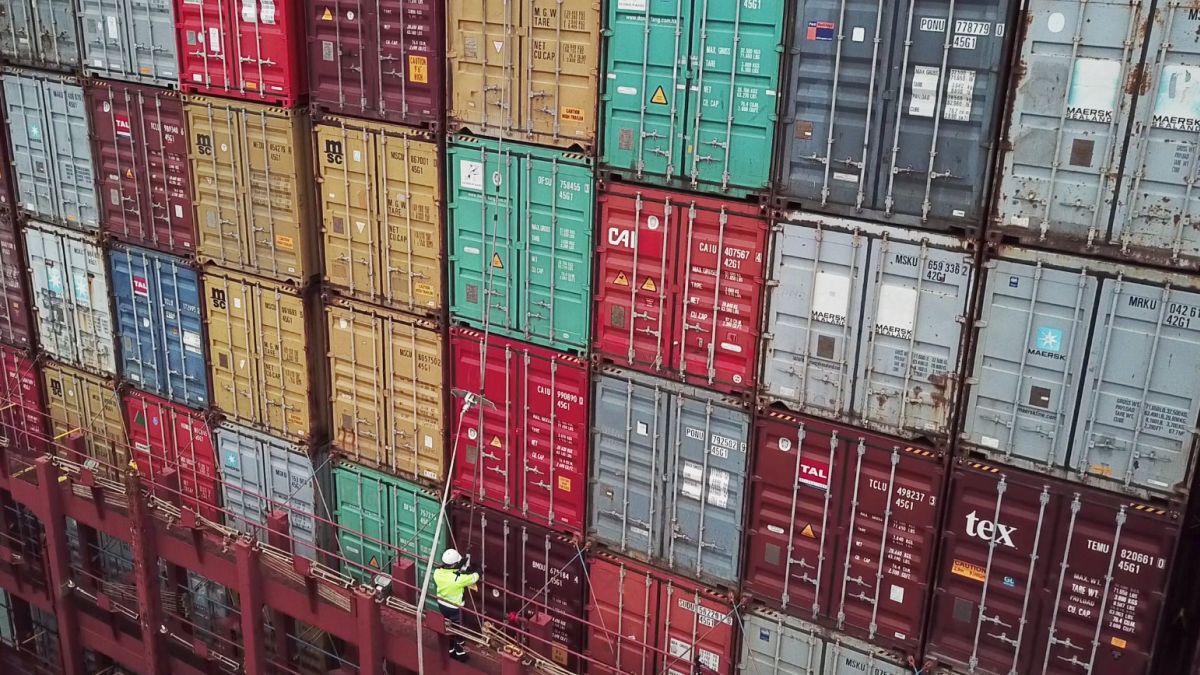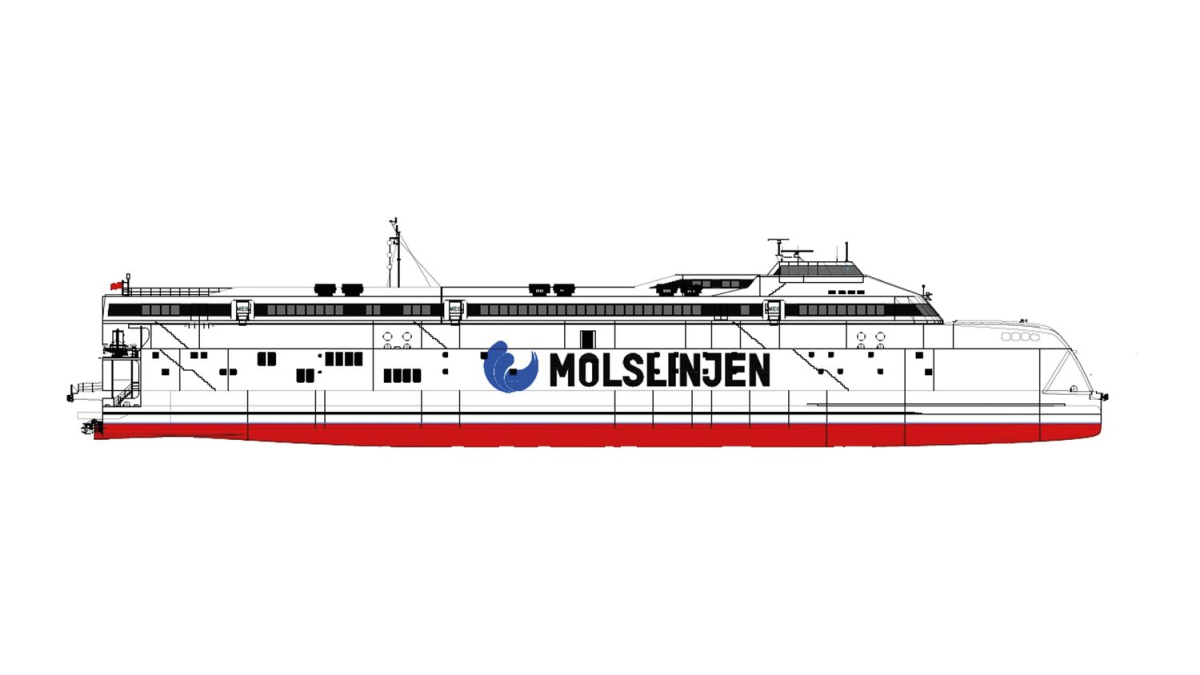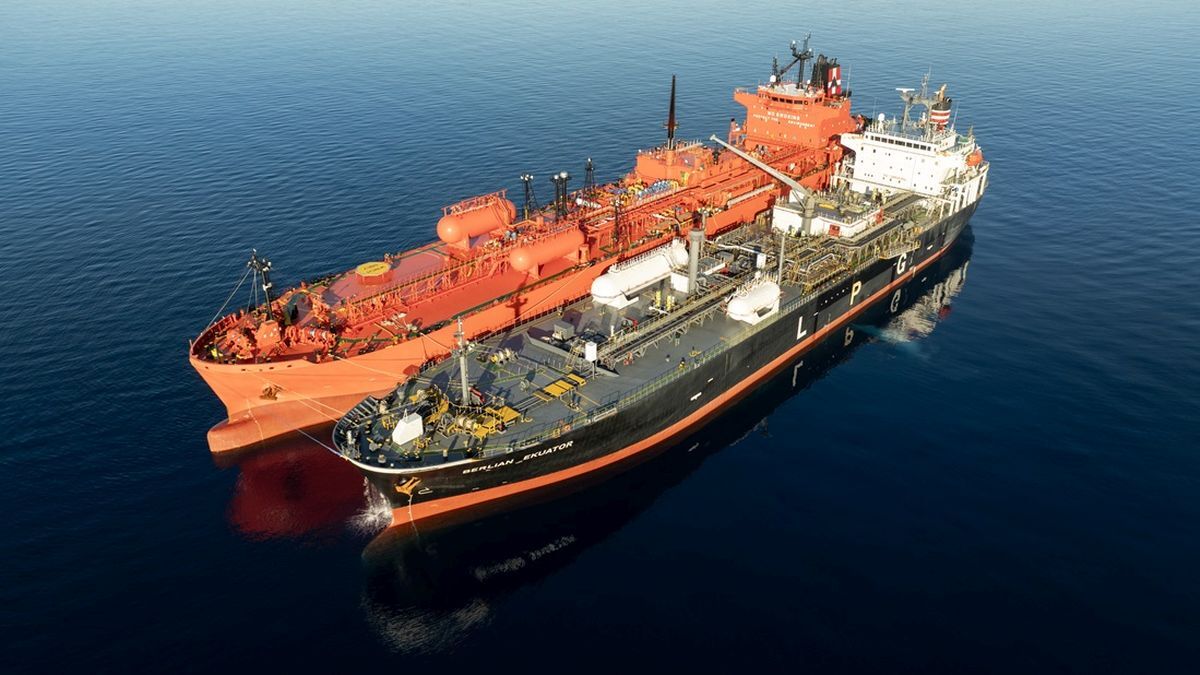Business Sectors
Events
Contents
Register to read more articles.
October container market data shows resumed decline
Any hopes of a revival in long-term ocean freight shipping rates were short-lived after the latest data from Oslo-based container shipping analyst Xeneta indicates the market is once again in decline
Xeneta’s Shipping Index (XSI), which tracks real-time rates developments monthly, showed global long-term contracted rates increased for the first time in 12 months in September, raising the question of whether it was a sign of a resurging market or merely a temporary halt in its decline.
But September’s flattering figures were followed by October’s XSI numbers, showing a further dip of 2.6%, falling to 165.3 points. Xeneta market analyst Emily Stausbøll said while carriers have had some success in capacity management, limiting the impact of the 3.3% decrease in global shipping volumes year to date, “this hasn’t been enough to support sustained rate increases on a global basis.”
She added, “The answer to the contrasting fortunes on the XSI in September and October could be found in the Far East, where we saw some unusual, and seemingly one-off, behaviors. For example, South Korea to Australia and New Zealand grew 2% in September yet dropped 31.1% in October.”
“Therefore, it isn’t surprising September’s XSI global rate increase proved to be a false dawn for carriers.”
Container shipping, which saw an inordinate boom in the pandemic years due to skewed supply chains, has been hit by several challenges in the last year.
The industry invested heavily in new box ships during the boom with many entering the market this year and more due before the end of 2025. But those ships are entering a faltering market reeling from the impact global inflation and high interest rates.
This week, Japanese container shipping alliance Ocean Network Express (ONE) reported a 97% decline in net profit for Q2 2023 as plummeting demand across the busy trade routes of Asia-North America hit earnings. And over at AP Moller-Maersk, the company said it plans to shed up to 3,500 jobs, with up to 2,500 to be carried out in the coming months and the remaining extending to next year.
European imports was the only XSI sub-index to grow in October, up by 3.0% to 187.5 points. However, Xeneta said European exports fell 11% in October.
Ms Stausbøll said, “To provide an example of the dire situation carriers find themselves, the average of all valid long-term rates between North Europe and China is US$95 per FEU, excluding terminal handling charges.”
“With rates at such a low level, it becomes clear carriers are transporting goods across the world at below cost and are effectively subsidising shippers on this backhaul trade.”
The Far East market could get even more painful with exports from the region falling 6.9% in October to 152.8 points on the XSI – a 75.1% drop from a year ago, and the lowest this index has been since January 2021.
Ms Stausbøll noted, “It will get even more painful when the storm of new rates hits the XSI in January.”
Meanwhile US imports fell 3.4% to 186.8 points on the XSI in October. Carriers have prioritised removing capacity from this high-priority trade – often sacrificing profitability on other smaller trades.
Freight shipping firms have already endured 62.2% being wiped off market prices in the past 12 months and Xeneta expects the situation may get worse before it gets better.
Xeneta expects significant changes in the New Year following the tender season when, Ms Stausbøll said, “many shippers will be signing new contracts at lower rates than the ones they are replacing.”
“I expect the storm to arrive in January with an even more severe decline on the XSI than in 2023. The picture is unlikely to be quite as dire for carriers by May, but 2024 still looks set to be a stormy time for them on the XSI.”
Sign up for Riviera’s series of technical and operational webinars and conferences in 2023:
- Register to attend by visiting our events page.
- Watch recordings from all of our webinars in the webinar library.
Related to this Story
Events
Offshore Support Journal Conference, Americas 2025
LNG Shipping & Terminals Conference 2025
Vessel Optimisation Webinar Week
© 2024 Riviera Maritime Media Ltd.














